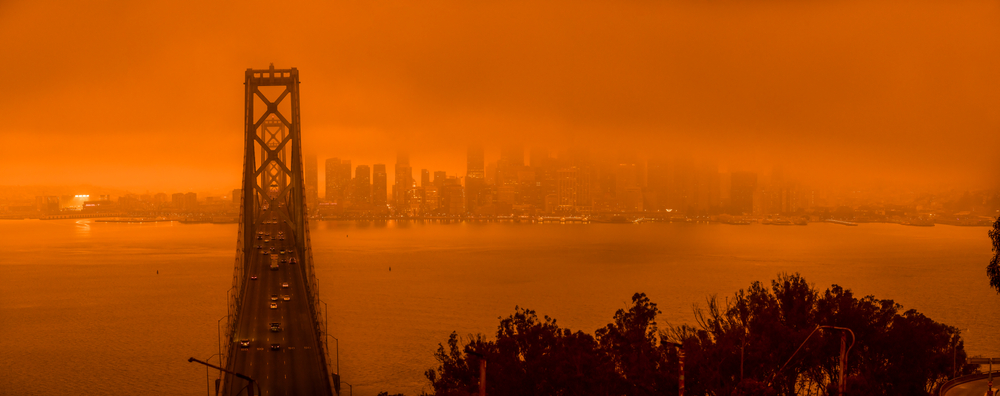By Nick Collins
They say the stars at night are big and bright deep in the heart of Texas. But when Mother Nature swept in with an unprecedented snowstorm in the Lone Star state the stars were the only thing you could see as massive power and water outages blanketed the state. From Houston to Dallas to Galveston and all points in between, Texas was rocked to its core by freezing temperatures that crippled the state’s ill prepared energy infrastructure. They say everything is bigger in Texas, well, climate change is no exception.
While the rest of the country is largely a part of either the Western or Eastern power grid, Texas wanted to go it alone – believing that a free market model was best. That model when tested by unprecedented weather conditions led to massive failures of every type of power source including, natural gas, wind and nuclear. More tragically, it led to 57 deaths from hypothermia, carbon monoxide poisoning, medical equipment failure and fire. In the end, Texas residents were left with unsafe or no drinking water, astronomical energy bills and a bunch of elected officials pointing fingers at each other…or vacationing in Cancun.
But it’s not like we didn’t see this coming. It’s been happening all over the country. Remember those raging wildfires on the West Coast that killed 31 people and scorched over two million acres of land…that was only about eight months ago. The California fires of last September were the states’ worst on record. The changing climate has made California increasingly hotter. This coupled with an unusual lightning storm and high winds made the state a powder keg, turning places like the Bay Area into a living hellscape for multiple days.

Daytime photo of the smoke over the San Francisco Bay Bridge on September 9, 2020
This is the part when the 90’s era protagonist breaks the fourth wall, looks into the camera and says, “So I bet you’re wondering how we got here?”
The unfortunate truth is that these are not anomalies but more of a forecast of things to come. We’ve been ignoring what was staring us in the face for years and now we must reckon with our inaction on our changing climate.
Despite conservative thought leaders’ claims that climate change is “fake news”, Americans know the truth – it is very real. A 2019 Yale poll found that more than 7 out of 10 Americans now say that global warming is important to them. As we increasingly see catastrophic climate events devastating the country and globe it becomes harder and more unsustainable to ignore the facts. Yet it’s troubling that we may have awoken to the realities of our environmental devastation too late. Many fear that it’s too late to do anything of consequence, that the problem is too complex to solve – or both.
The COVID-19 pandemic further compounds these issues – leaching resources, sucking dry prospective funding, all while historic climate events pull budgets towards funding emergency responses. This funding drawdown demonstrates one of the most difficult aspects of slowing and reversing the effects of climate change. As catastrophes increase in occurrence, magnitude, and severity, emergency response funds must also increase. And while a majority of Americans are unwilling to contribute even $10 a month to combat climate change, they often are left to foot the bill when disaster strikes.
The issues around climate change seem increasingly insurmountable. Like a tangled web, climate, health, housing, transportation and wealth determine the sustainability and viability of our communities. As always, communities of color bear the biggest burden and have the poorest outcomes. While Washington continues to wrestle with how to address these issues, the people have begun to embrace their power and develop solutions that will address these pressing issues.
Even before the devastating fires of 2020 and the deep freeze of 2021, SPARCC and our partner organizations have been shouting from the rooftops our need to enact policies that call for robust climate justice to address the growing wildfires, deep freezes and other environmental concerns. Our grassroots approach is centered around gathering community members and presenting them with climate data so that they can make informed decisions on how to invest in making their communities climate resilient. As we move forward into this new administration we intend to double-down on activating these initiatives demonstrating to those at all levels of government how we intend to push for policies that center communities of color and put people first.
The task ahead of us to dismantle centuries – by some counts, a millennium – of policy, cultural identity, and outcomes might seem overwhelming, but there are people already doing the work. Hopelessness can only lead us down a path of dread and despair. The answers are right in front of us and they are already in motion. Our communities are responding, and it is up to us to begin to put these pieces together to create a coordinated effort to combat climate change and all of its systemic tentacles to stomp out these fires and create brighter futures.